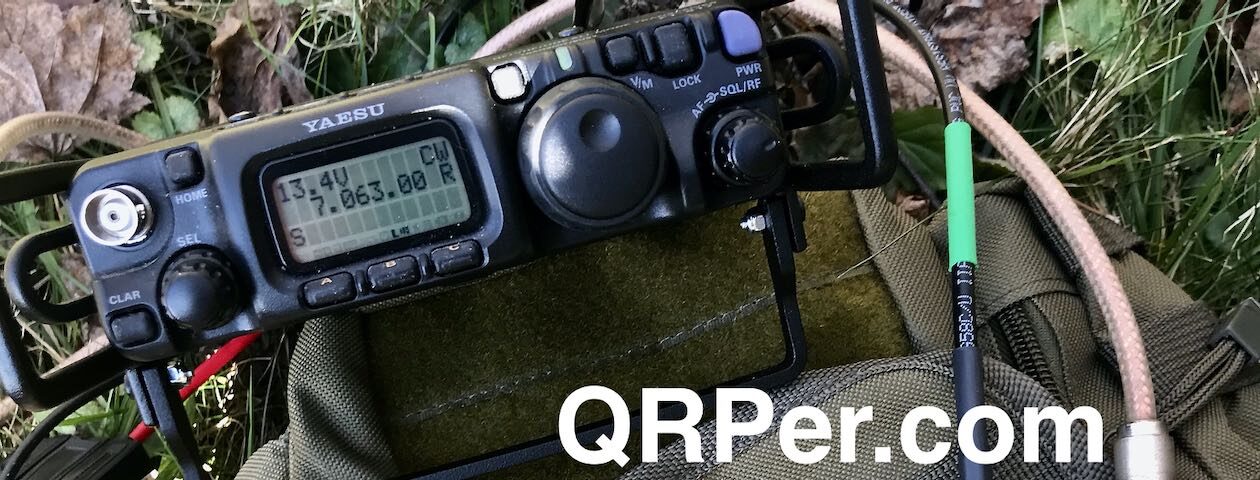 Over the past couple of months, I’ve been trying to give the Xiegu G106 a thorough workout in the field. This little HF QRP radio is on loan to me from Radioddity who has very kindly been quite flexible about the loan period.
Over the past couple of months, I’ve been trying to give the Xiegu G106 a thorough workout in the field. This little HF QRP radio is on loan to me from Radioddity who has very kindly been quite flexible about the loan period.
I want to give the G106 a fair shake-out because I believe it must be the least expensive multi-mode, full HF coverage transceiver on the market. Field ops are always looking for portable, affordable, effective radios to take to the field so many are considering the G106.
Of course, you simply can’t get benchmark performance out of a low-cost leader.
My full review of the Xiegu G106 will be in the May 2023 issue of The Spectrum Monitor magazine. It’s one of the longest reviews I’ve published in TSM because I try to fully explore the pros and cons of this pint size rig in order that pretty much anyone can make a purchase decision based on their own preferences and requirements.
POTA Plan B
On Saturday, March 18, 2023, I decided to take the G106 out for a very brief activation during a return trip to my QTH.
My park of choice was Tuttle Educational State Forest (K-4861) because it’s conveniently located, is an excellent POTA site, and I wanted to fit in a quick hike as well. Tuttle’s two mile loop fit the bill perfectly.
When I arrived at the park entrance, however, the gates were closed. I had double checked Tuttle’s schedule in advance and was under the impression that they had started opening the park on Saturdays again for the season.
I really wanted to fit in a decent hike so the next logical park choice was Lake James State Park. It didn’t require a major detour and I was certain it would be open.
Lake James State Park (K-2739)

Lake James has two major access points: the Paddy’s Creek Access and Catawba River Access.
I prefer the Catawba River Access even though it’s much smaller than Paddy’s Creek. For one thing, it’s always less busy and they’ve better spots to set up for POTA (since I like hanging wires trees more often than not). Although the Catawba River access lacks the trail network found at Paddy’s Creek, they do have a few trails that can be stitched together for a nice workout.
After arriving at the park, I put on my hiking boots and walked the Fox Den Loop and a bit of the Lake Channel Overlook.
I hiked back to my car, ate a bite of lunch, then grabbed my radio gear for some cheap POTA fun!
Higher Bands
 The great thing about the G106 compared with some of my more affordable QRP radios (MTR-3B, SW-3B, R4020, TR-35, etc.) is that it’s not limited to CW and it covers all bands from 80 to 10 meters. Continue reading Snagging a little POTA QRP DX with the Chelegance MC-750 and Xiegu G106
The great thing about the G106 compared with some of my more affordable QRP radios (MTR-3B, SW-3B, R4020, TR-35, etc.) is that it’s not limited to CW and it covers all bands from 80 to 10 meters. Continue reading Snagging a little POTA QRP DX with the Chelegance MC-750 and Xiegu G106













































